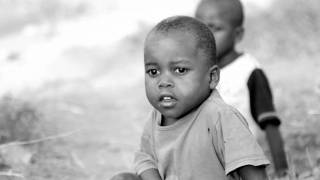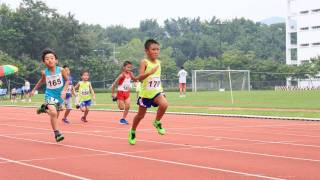Bright Lights Turned On Norovirus Outbreaks

A new study has revealed insights on how norovirus outbreaks were caused by a specific genogroup II type 4 (GII.4) in hospitals, long-term care facilities, and outpatient facilities.
This innovative research confirms previous information about the severity of GII.4 norovirus outbreaks, and suggest that future vaccines against norovirus ‘should include these genotypes,’ said the lead author of the study, Rachel M. Burke, MPH, Ph.D., in a press release.
Norovirus is responsible for at least 50 percent of all gastroenteritis outbreaks, reports this research.
They are the primary cause of nonbacterial diarrheal outbreaks in humans, while rotaviruses are a major cause of childhood diarrhea.
Noroviruses are classified into 6 different genogroups (GGI- GGVI) based on the viral capsid protein with GII.4 being the predominant strain causing human diseases.
This study’s results also suggest that targeting these vaccines for use in people in health care settings may help reduce hospitalizations and mortality associated with norovirus.
Although currently there is no available vaccine that protects against norovirus, several candidate vaccines are in the development pipeline.
"Linking data from these two different sources gives us a really powerful tool, a different way to look at norovirus outbreaks in the U.S., and a better understanding of some of the interactions between what is going on with the virus versus the host versus the environment," Dr. Burke said.
Each year in the USA, norovirus causes an estimated 19 to 21 million cases of vomiting and diarrhea, between 56,000 and 71,000 hospitalizations, and 570 to 800 deaths, with much of the disease burden falling on young children and older adults, according to the Centers for Disease Control and Prevention (CDC).
Noroviruses spread through direct contact with an infected person, consuming contaminated food or water, or touching contaminated surfaces.
These researchers linked, for the first time, data from a national outbreak reporting system and a laboratory surveillance network that collects data about norovirus genotypes associated with confirmed outbreaks.
Based on an analysis of 3,747 outbreaks affecting more than 100,000 people from 2009 to 2016, the research confirms several factors that can make norovirus outbreaks more severe and may help guide efforts to develop a vaccine to prevent this highly contagious disease.
In a related editorial commentary that appears with the study in The Journal of Infectious Diseases, Geoffrey A. Weinberg, MD, of the University of Rochester School of Medicine and Dentistry in New York, noted that research of this kind helps advance our understanding of norovirus and the outbreaks it can cause.
"Their data confirm that the notion of noroviruses simply being 'a cruise ship virus' or an occasional foodborne winter vomiting illness is outdated," Dr. Weinberg wrote in the commentary.
Norovirus Fast Facts:
- Norovirus, a highly contagious virus, is the leading cause of vomiting and diarrhea from acute gastroenteritis in the U.S.
- An analysis of norovirus outbreaks found that severe outcomes, including hospitalizations and deaths, were more frequent in outbreaks caused by a specific genotype of norovirus, genogroup II type 4 (GII.4).
- Severe outcomes were also more common in outbreaks occurring in health care settings, including hospitals, long-term care facilities, and outpatient facilities.
- These findings may help guide efforts to develop and use vaccines that effectively protect against norovirus disease.
This study was funded by CDC. No conflicts of interest were disclosed.
Visit here for more information.
Our Trust Standards: Medical Advisory Committee
- New study sheds light on norovirus outbreaks, may help efforts to develop a vaccine
- Norovirus vaccines: Correlates of protection, challenges and limitations
- Therapeutics and Immunoprophylaxis Against Noroviruses and Rotaviruses: The Past, Present, and Future
- Norovirus Illness: Key Facts
- Genotype Considerations for Virus-Like Particle-Based Bivalent Norovirus Vaccine Composition

























